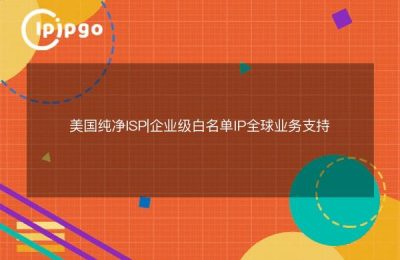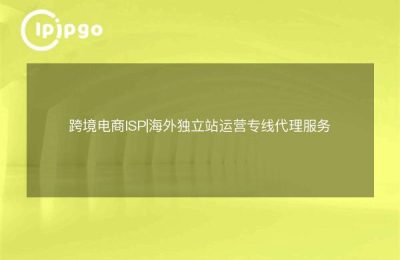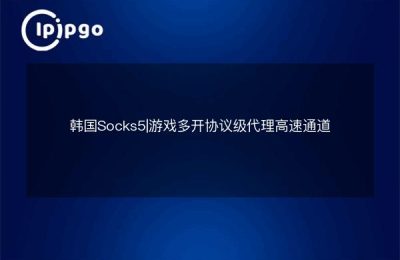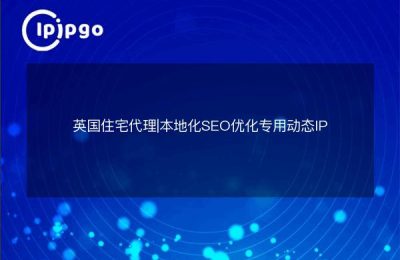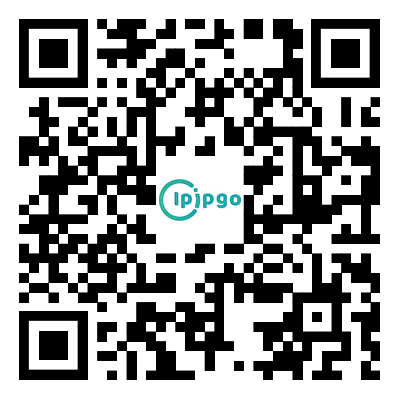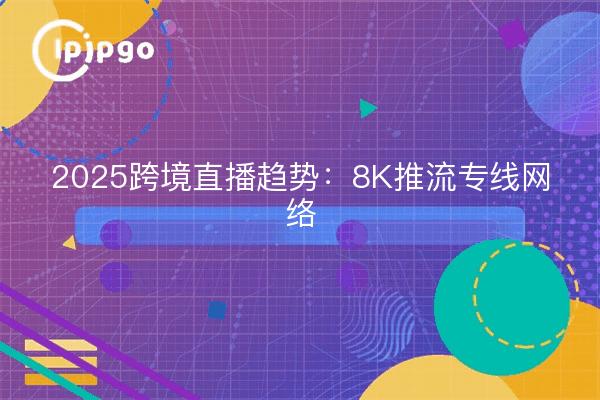
2025 Cross-Border Live Streaming Trend: How 8K Push Streaming Leased Line Networks Can Break the Mold with Proxy IP?
When 8K resolution becomes the standard for cross-border live streaming, every frame increase in the picture will generate exponential pressure on the network. Sudden lag during push streaming, color breaks, and out-of-sync audio and video may allow overseas viewers to directly scratch away from the live broadcast. Traditional private line networks are limited by physical line deployment, and proxy IP technology is becoming a low-cost solution.
First, where is the 8K push stream stuck? Three major pain points dismantled
Through the actual test data found that the root cause of cross-border 8K live broadcast lag is often not the performance of the device, but the network transmission link:
1. Transnational routing bypasses - Push flow from Southeast Asia to Europe may bypass the US, adding an additional 200ms of latency
2. High bandwidth fluctuations - Cross-country bandwidth may plummet during evening rush hour 40%
3. Insufficient IP credibility - Platform algorithms have tighter traffic limits on anomalous IPs
II. The practical value of residential agent IP
Unlike server room IPs, residential proxy IPs have real home network characteristics:
| comparison term | Server Room IP | Residential IP |
|---|---|---|
| Bandwidth Stability | Sudden traffic is easily limited | Home broadband is smoother |
| Area coverage | Centralized in data centers | Reaching Out to the Neighborhoods |
| Platform recognition rate | easily marked | Real User Characteristics |
In the case of ipipgo, for example, its residential IP library covers 90 million+ real home networks, enabling street-level IP distribution in emerging markets like São Paulo, Brazil, which is critical for live rooms that require localized operations.
Third, dynamic/static IP selection strategy
Select the IP type based on the live scenario:
Commodity Launch - Maintain stable push traffic with static IPs
Multi-region continuous wheat - Dynamic IP real-time switching of optimal paths
spike campaign (for online shopping) - Hybrid mode to cope with traffic peaks
ipipgo supports full protocol switching, and the dynamic IP has reduced the lagging rate from 12% to less than 3% in the Philippines to Mexico push flow test.
Fourth, the three steps to build a special line to push the flow
1. Regional heat map analysis - view the IP density of the target area through the ipipgo backend
2. Bandwidth stress testing - testing peak loads with free trial resources
3. Protocol combination configuration - SRT protocol with TCP/UDP dual channel
V. Frequently asked questions
Q: How to deal with emergency when I encounter sudden lag?
A: Immediately switch to other residential IPs in the same city, ipipgo provides 5 milliseconds switching API interface
Q: Do dynamic IPs affect the quality of push streams?
A: Correct setting of the session hold parameter (300 seconds recommended) ensures that the push stream is not interrupted.
Q: How do I verify the authenticity of a proxy IP?
A: Enable network fingerprinting detection in the ipipgo backend to monitor the ASN number and network type of the IP in real time
When 8K live streaming becomes a knockout for cross-border transactions, choosing a proxy IP service that is highly integrated with the network characteristics of real users could be the most cost-effective technology investment for anchors in 2025. After all, in an era where 4 milliseconds can scratch off a viewer, network stability is the real GMV guarantee for live broadcasts.



